Discovery Claim (Claim 37903) National Historic Site
Discovery Claim (Claim 37903) was designated as a national historic site in 1998.
Commemorative plaque: Bonanza Creek, Yukon TerritoryFootnote 1
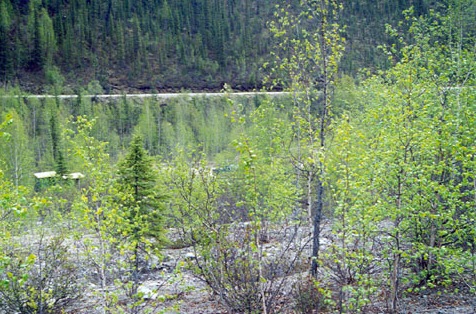
© Parks Canada, John Gould
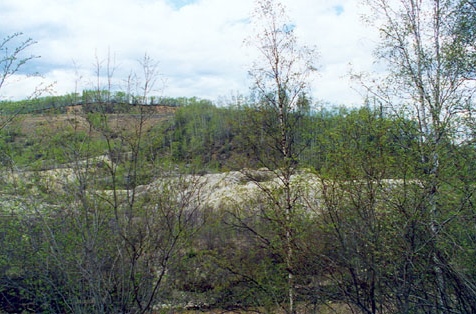
© Parks Canada, John Gould
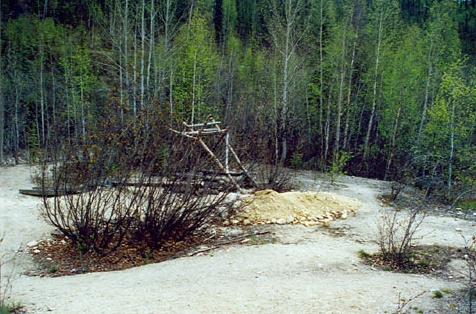
© Parks Canada, John Gould
Discovery Claim
The names Robert Henderson, Skookum Jim, Tagish Charlie and George Carmack are inextricably linked to the discovery of gold on Bonanza Creek. Henderson was the first to systematically explore the gold bearing potential of the region, only to have the major find elude him. Then on 17 August 1896 Jim struck gold, and with his companions Charlie and Carmack staked the first claims. A few days later at Forty Mile, Carmack in his own name registered the Discovery Claim where this monument stands. Within days Bonanza and Eldorado Creeks had been staked and when the news reached the outside the Klondike Gold Rush was on.
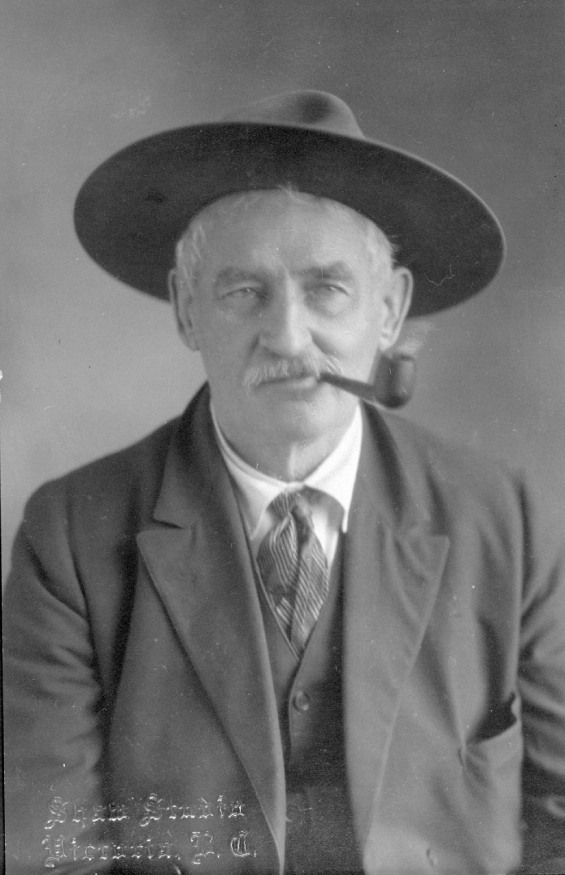
© Sham Studio/Library and Archives Canada/PA-053223
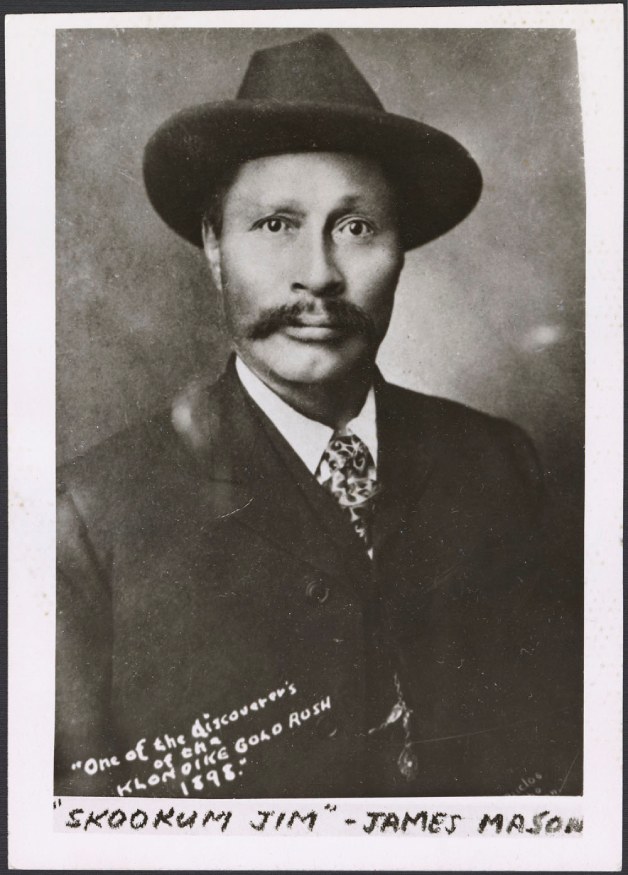
© Int. Havester, Library and Archives Canada, C-025640
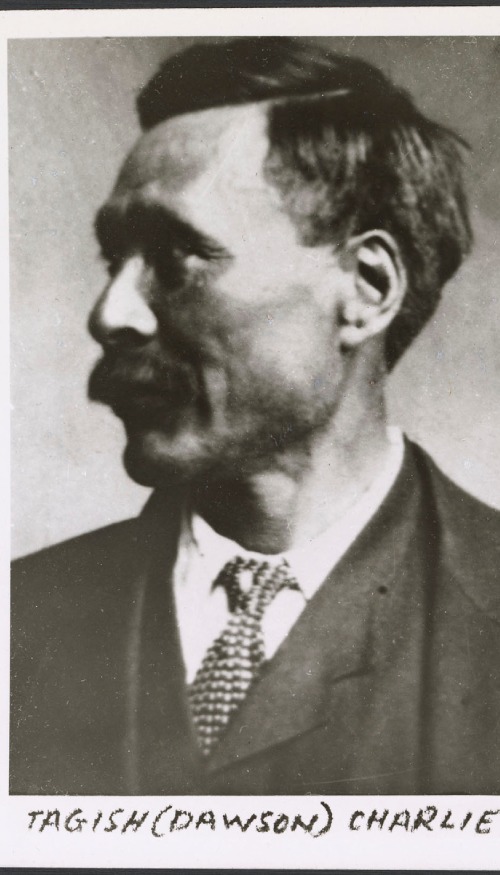
© Int. Harvester / Library and Archives Canada / C-025639

© Library and Archives Canada/PA-053228
Description of historic place
Discovery Claim National Historic Site of Canada is the place where the Klondike gold rush began. It is a legally defined mining claim measuring some 152.4 (500 ft.) by 609.6 metres (2000 ft.) located on Bonanza Creek, a tributary of the Klondike River near the town of Dawson, Yukon Territory. The site is in a deep valley which has been dredged both by hand and with mechanized equipment, leaving deposits of dredge tailings and scarred hillsides below the heavily treed upper slopes.
Heritage value
Discovery Claim was declared a national historic site of Canada because:
- it is the site where gold was discovered on the afternoon of August 16 1896, the event which triggered the Klondike Gold Rush, economically and administratively, the site marks the beginning of the development of the Yukon, for the Aboriginal people, this piece of land is an affirmation of their cultural values and world view;
- from a western perspective, the site affirms the 19th-century belief that through hard work and perseverance one could rise from poverty to riches.
The heritage value of Discovery Claim lies in its historical associations with the Klondike gold rush as represented by the place where Keich (“Skookum” Jim Mason), of the First Nation Tagish, discovered gold and where George Carmack, an American married to Keich' sisters, staked the mining claim that led to the Klondike gold rush. The site has been actively mined through the twentieth century.
Sources: Historic Sites and Monuments Board of Canada, Minutes, May 1926, July 1998; Commemorative Integrity Statement, October 2000.
Learn more about Klondike National Historic Sites and plan a visit
The National Program of Historical Commemoration relies on the participation of Canadians in the identification of places, events and persons of national historic significance. Any member of the public can nominate a topic for consideration by the Historic Sites and Monuments Board of Canada.
- Date modified :